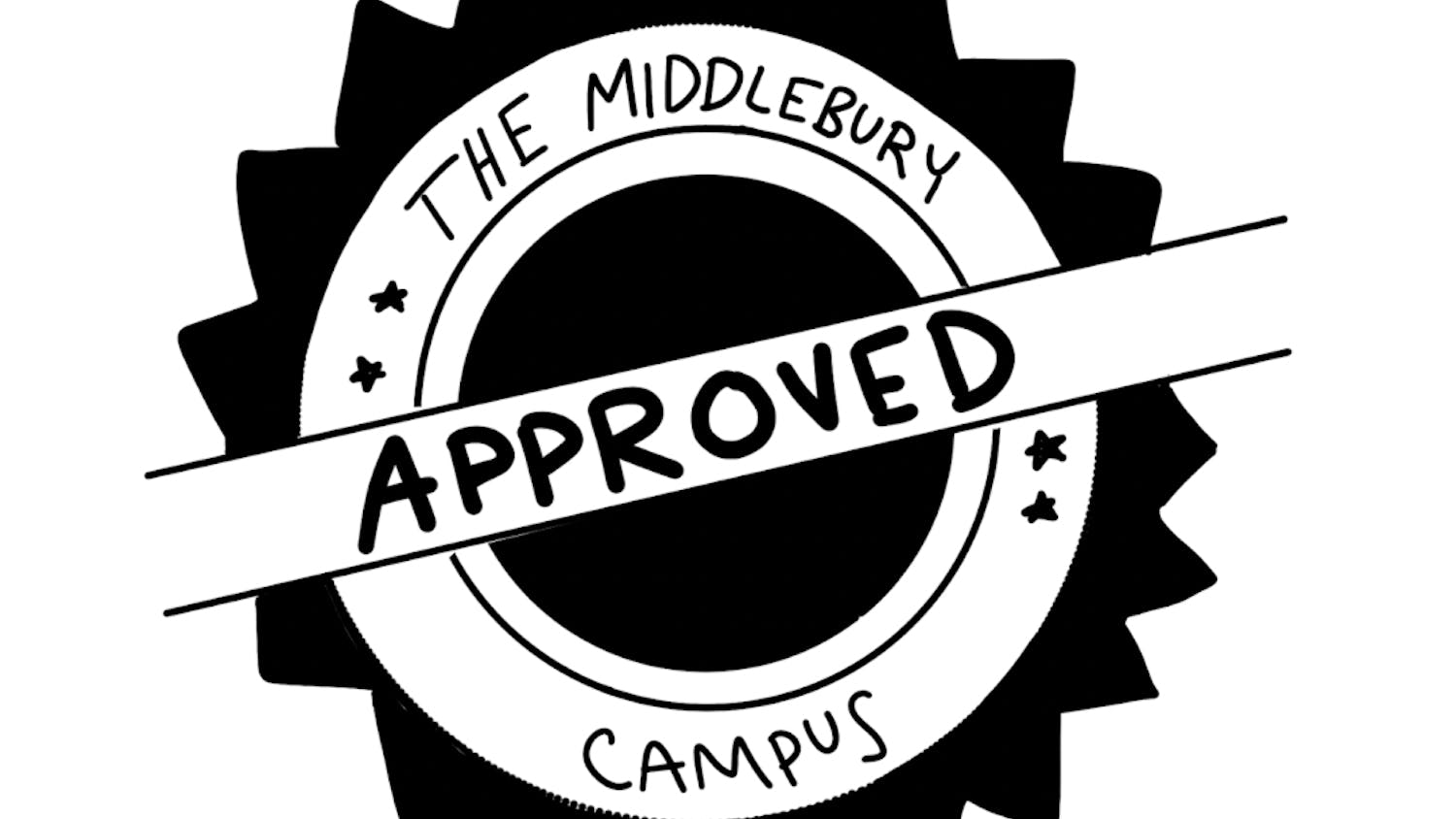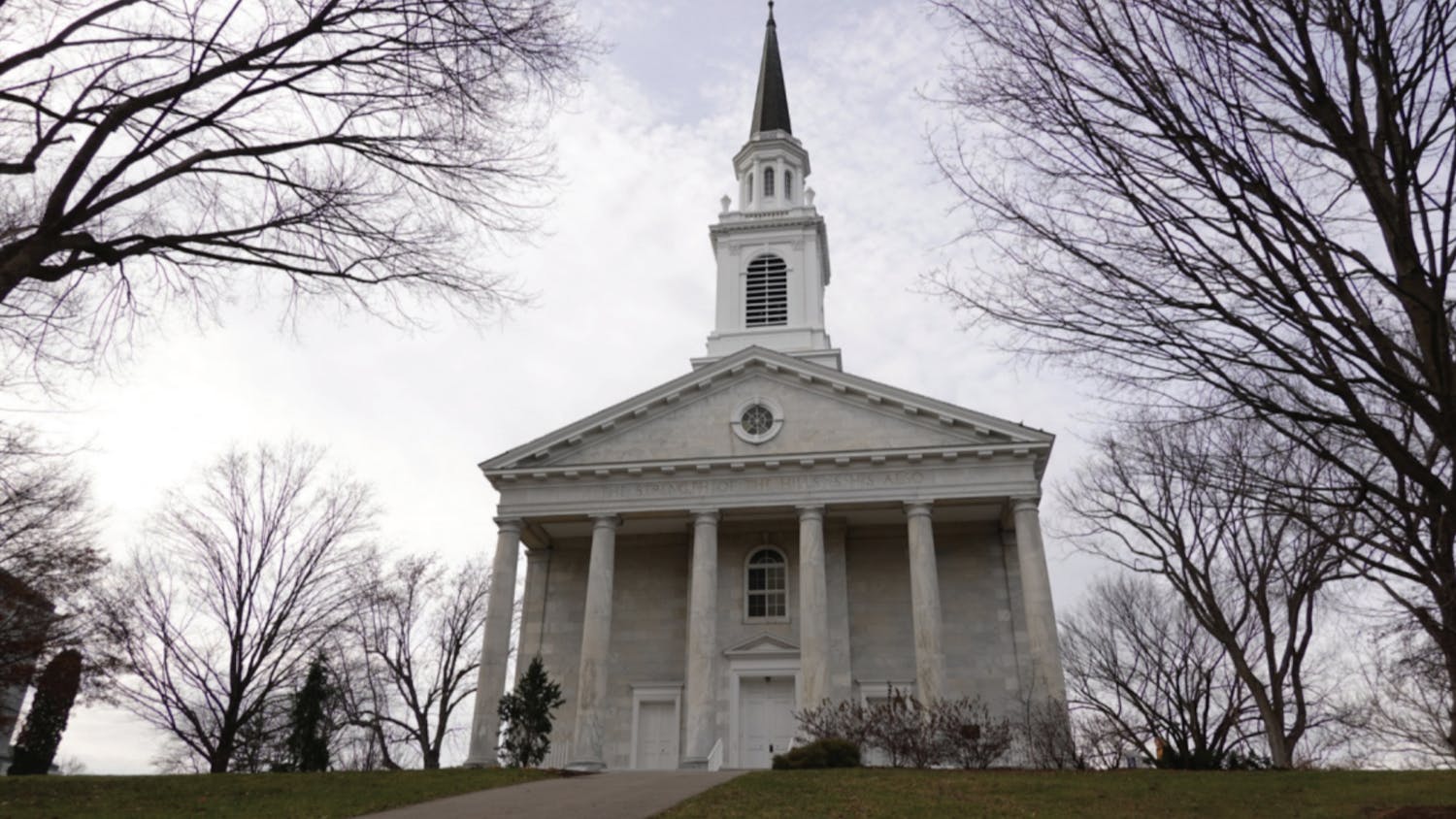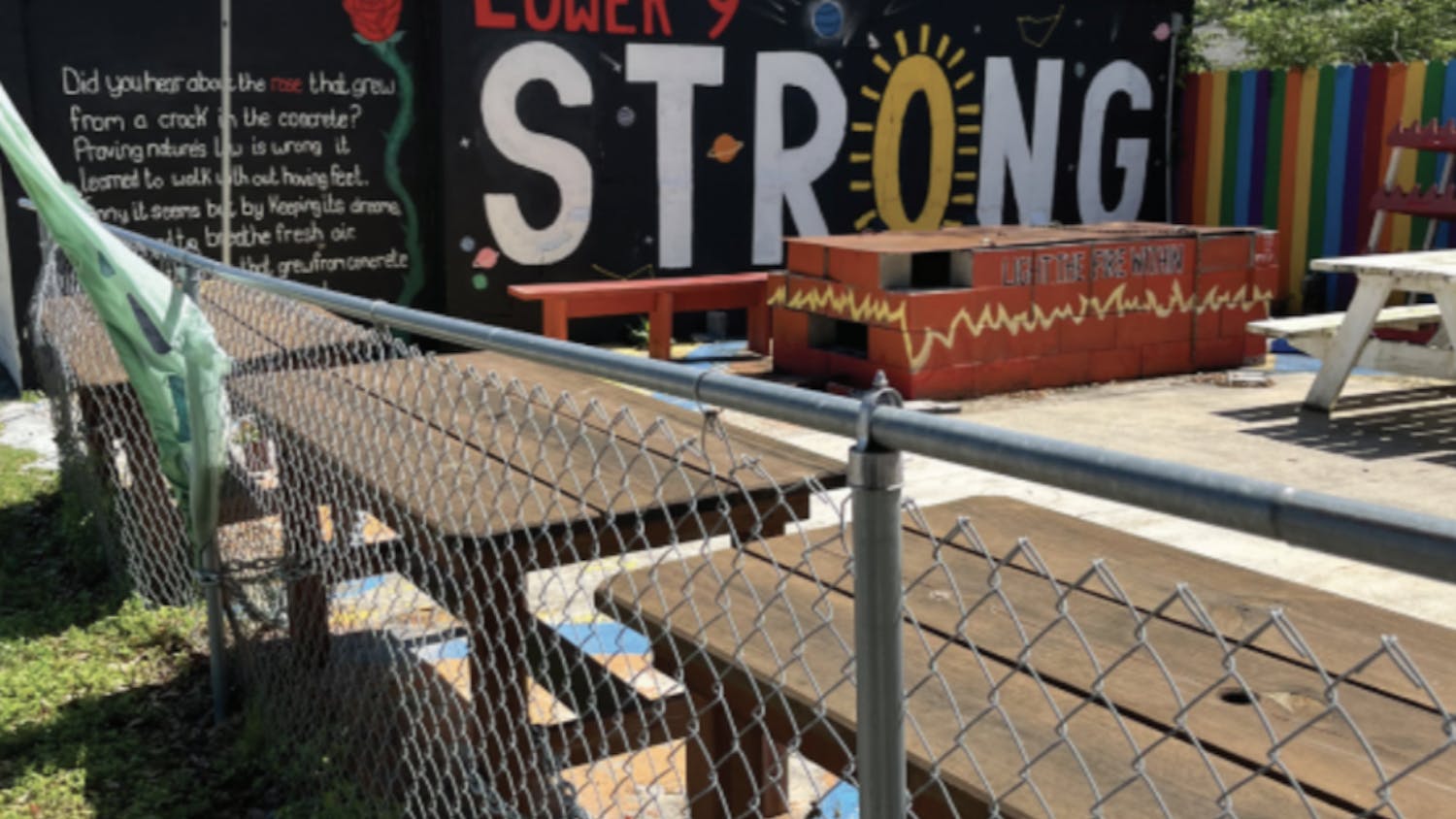In the wake of Charles Murray’s visit last year, Middlebury students and faculty banded together to salvage race relations on campus. Concerted efforts were made by administrators and student-led cultural organizations to educate community members on inclusivity and white privilege. Unbeknownst to the well-meaning white people who attended these teach-ins and town halls, their crash courses in white supremacy were at the expense of the students and faculty of color who led the discussions. In trying to decolonize the campus of its white hegemonic norms, students of color de-prioritized their mental health. Cultural orgs ceased to be spaces of respite for people of color (POC) and transformed into highly-politicized forums with the sole purpose of combating racism. By the time I arrived at Middlebury in the fall of 2017, the solidarity among black students in particular was virtually nonexistent. The black students of Middlebury — while active participants in campus-wide events regarding race — had neglected to maintain their singular designated place of refuge: the Black Student Union (BSU).
Many attributed the defunct BSU to poor leadership. Others stopped attending meetings because they found asylum in groups such as Umoja and Alianza, which are ethnic, rather than race, specific. Hidden beneath the many known reasons that led to the demise of the BSU was a larger culprit that had yet to be acknowledged: white passivity.
White passivity is the perpetual complicity of white people who do not help to rectify their ancestors’ moral bankruptcy, but instead look to black people to dismantle institutional racism. White passivity is what leads black students to challenge racist sentiments in class when their white professors fail to. White passivity is what caused several black women to demand an apology for a student who had been racially profiled when the predominantly white administration failed to do so. Ultimately, it was white passivity that caused black students to neglect their community of the Black Student Union so that they could aid in the rebuilding of the larger Middlebury community.
The corrosive nature white passivity has on black communities can be seen throughout history. The mammy archetype which rose to prominence in the late nineteenth century characterizes black women as the nannies and homemakers of white families who were unwilling to care for themselves. “Mammy” was not afforded the luxury of taking care of her own children. She was not only willing, but eager to prioritize her white superior’s needs over her and her family’s. Somehow, amid all of the racial hostility, the black students of Middlebury became contemporary renditions of “mammy.” This new and evolved mammy archetype does not assist by breastfeeding white infants, but by coddling white adults whose fragility deters them from listening. “Mammy 2.0,” as I like to call her, is every student of color who has skipped meals, missed sleep or failed to turn in assignments because they were preoccupied explaining to their white peer why they “shouldn’t say the N-word even if its a song lyric.”
In January, a committee of other black students and I planned events with the primary objective of resurrecting the Black Student Union. We hosted a black professors panel, rented out the Marquis theater for a private screening of the Marvel film “Black Panther” and cooked a community dinner that fed about 50 students. At all of the aforementioned events, there was an unmistakable sense of camaraderie. Laughter filled the rooms, new friendships were forged and the black solidarity many of us believed to be extinct appeared to be alive and well. Nowhere to be found in the events’ crowds was “mammy,” eager to pacify, serve and sacrifice.



